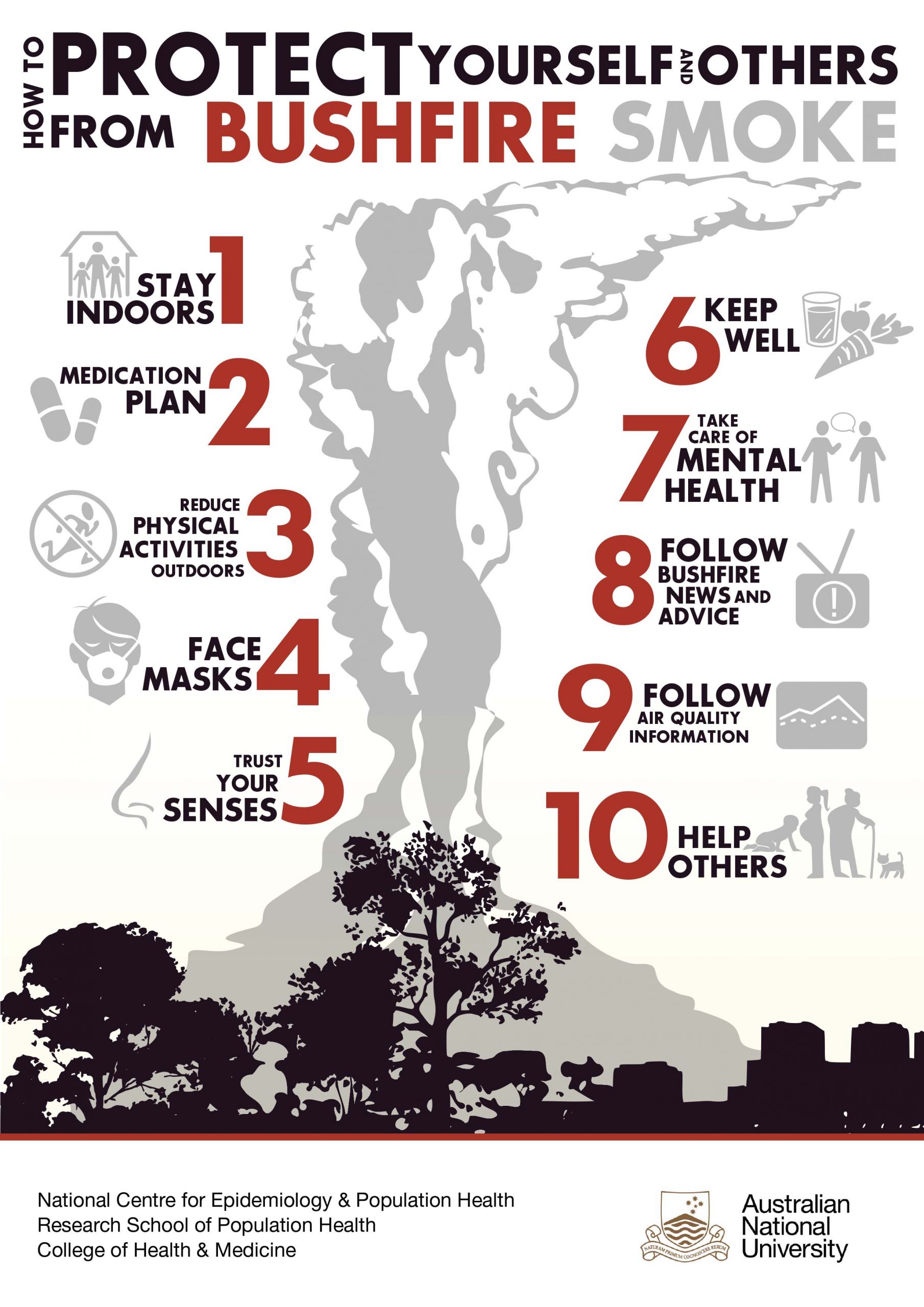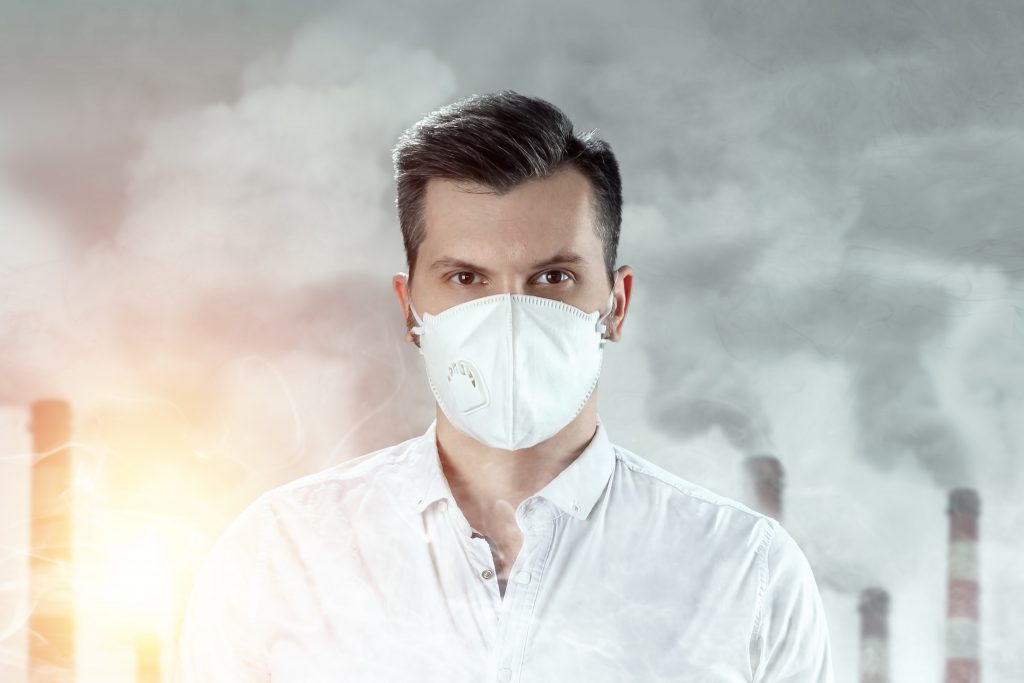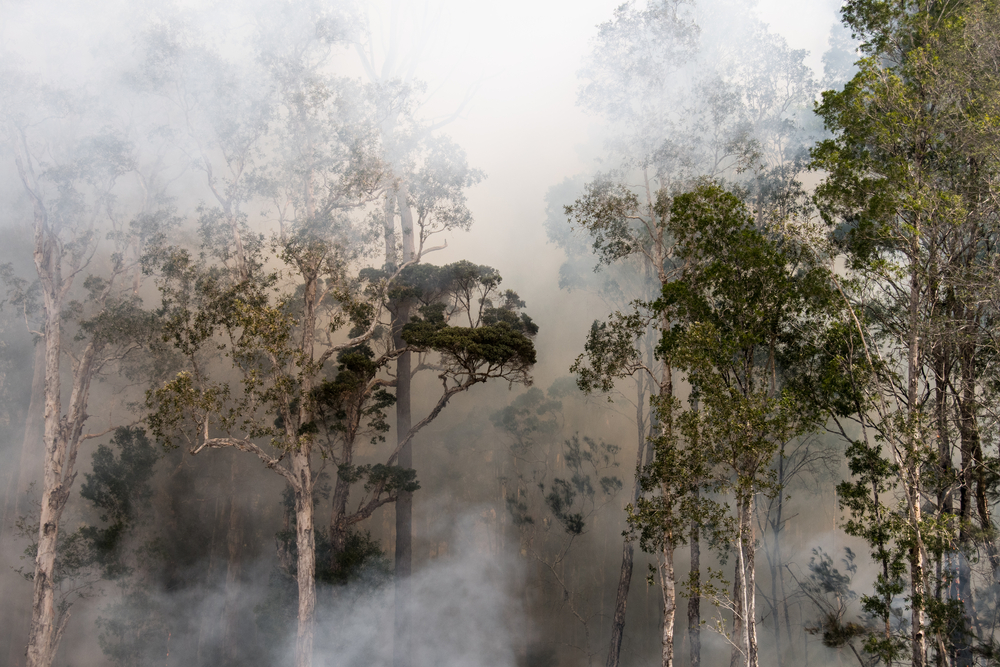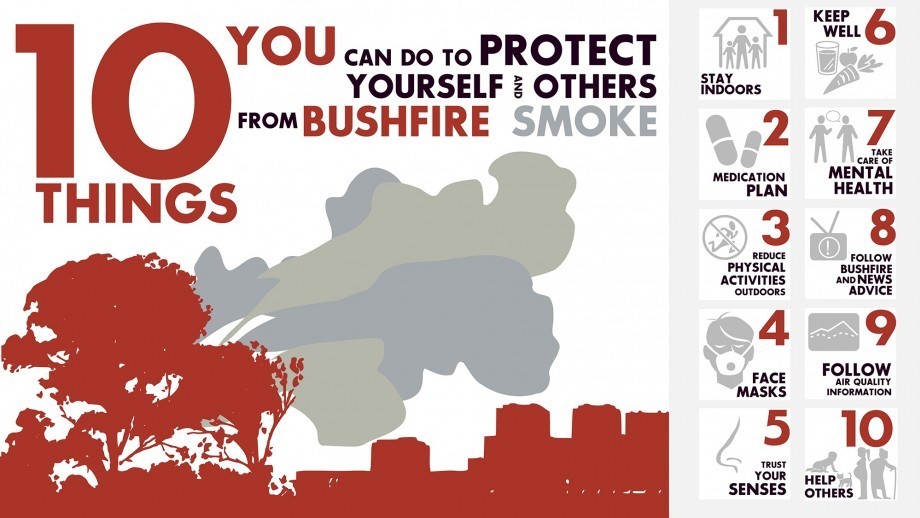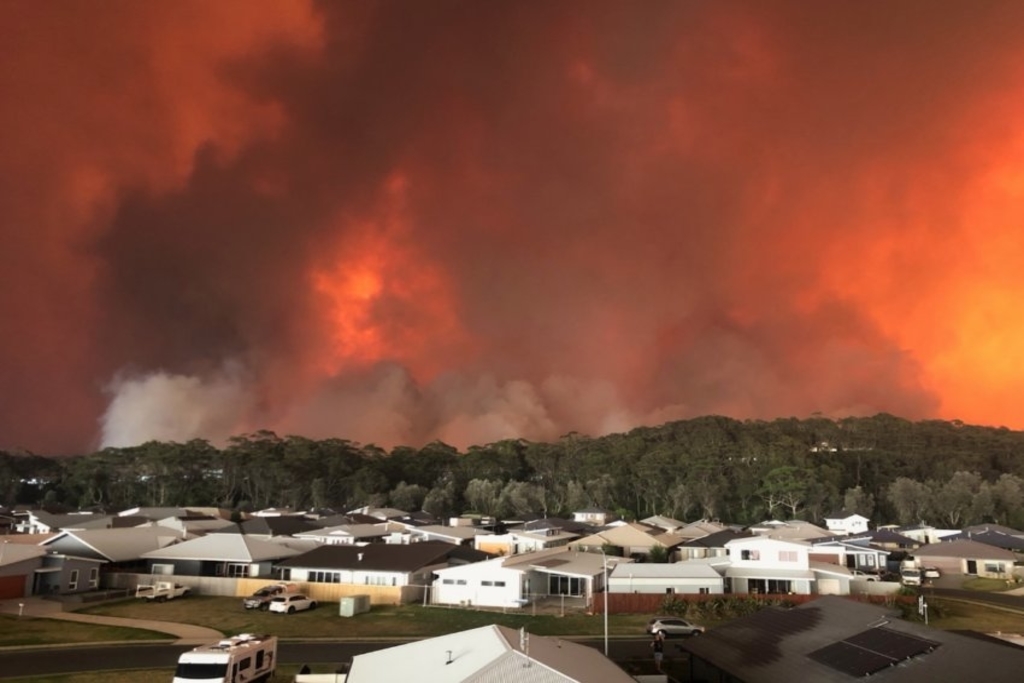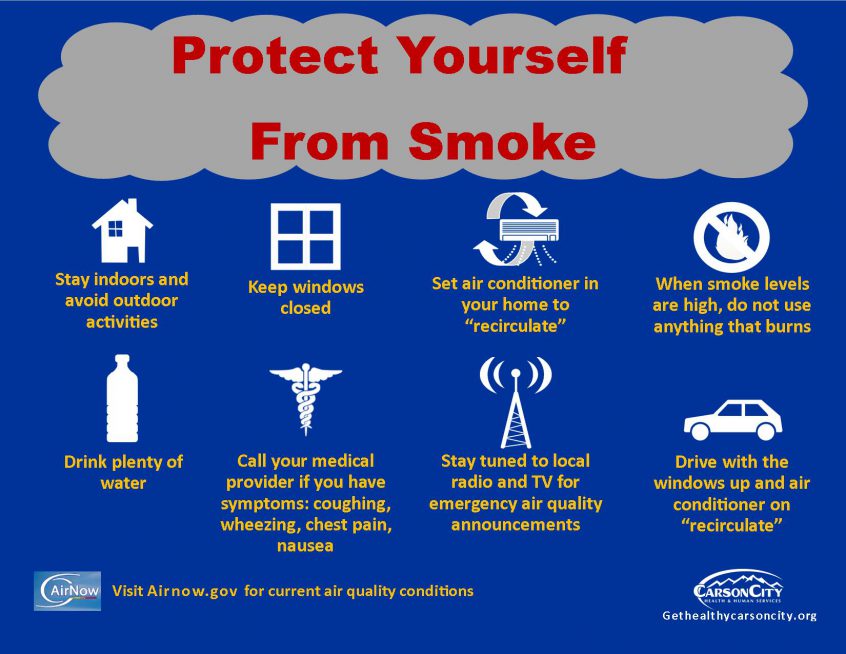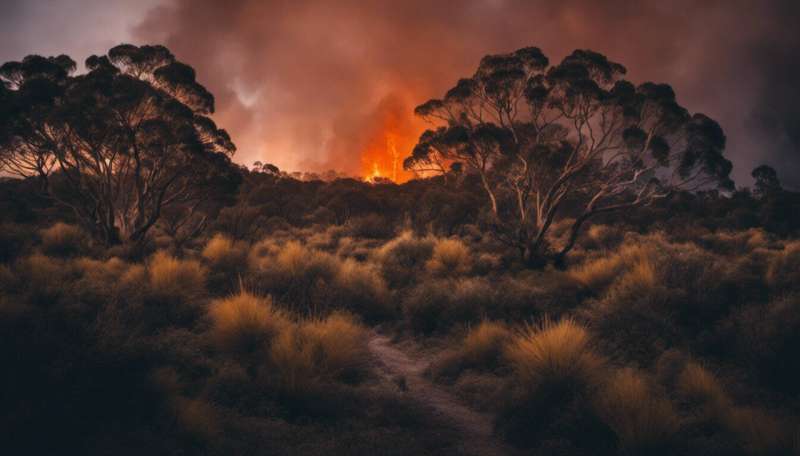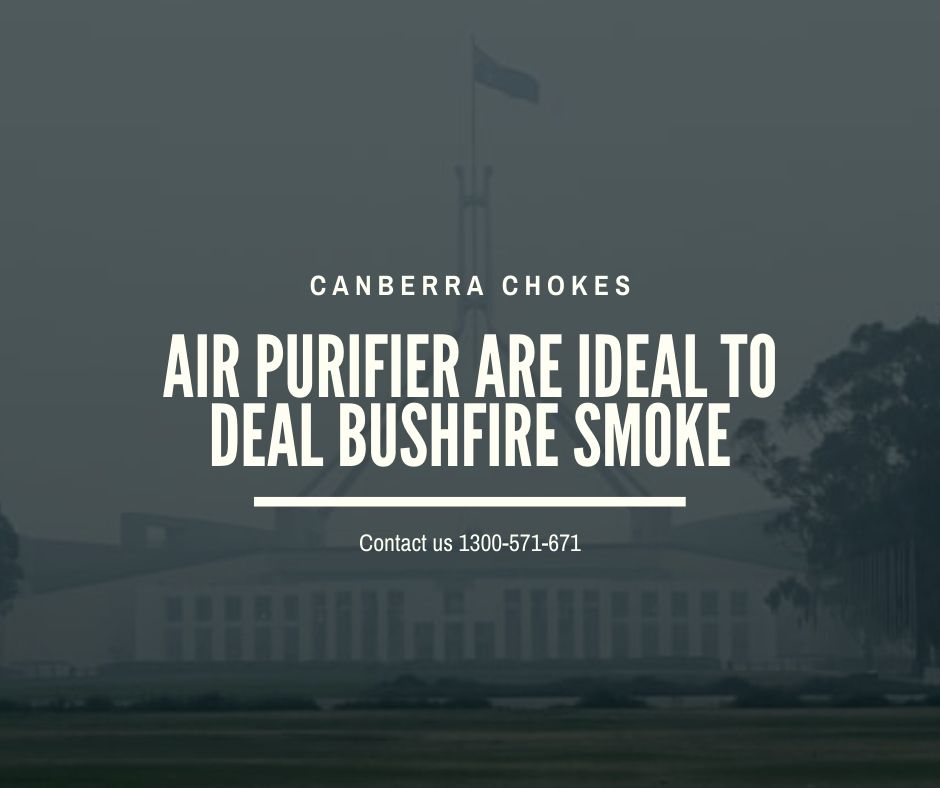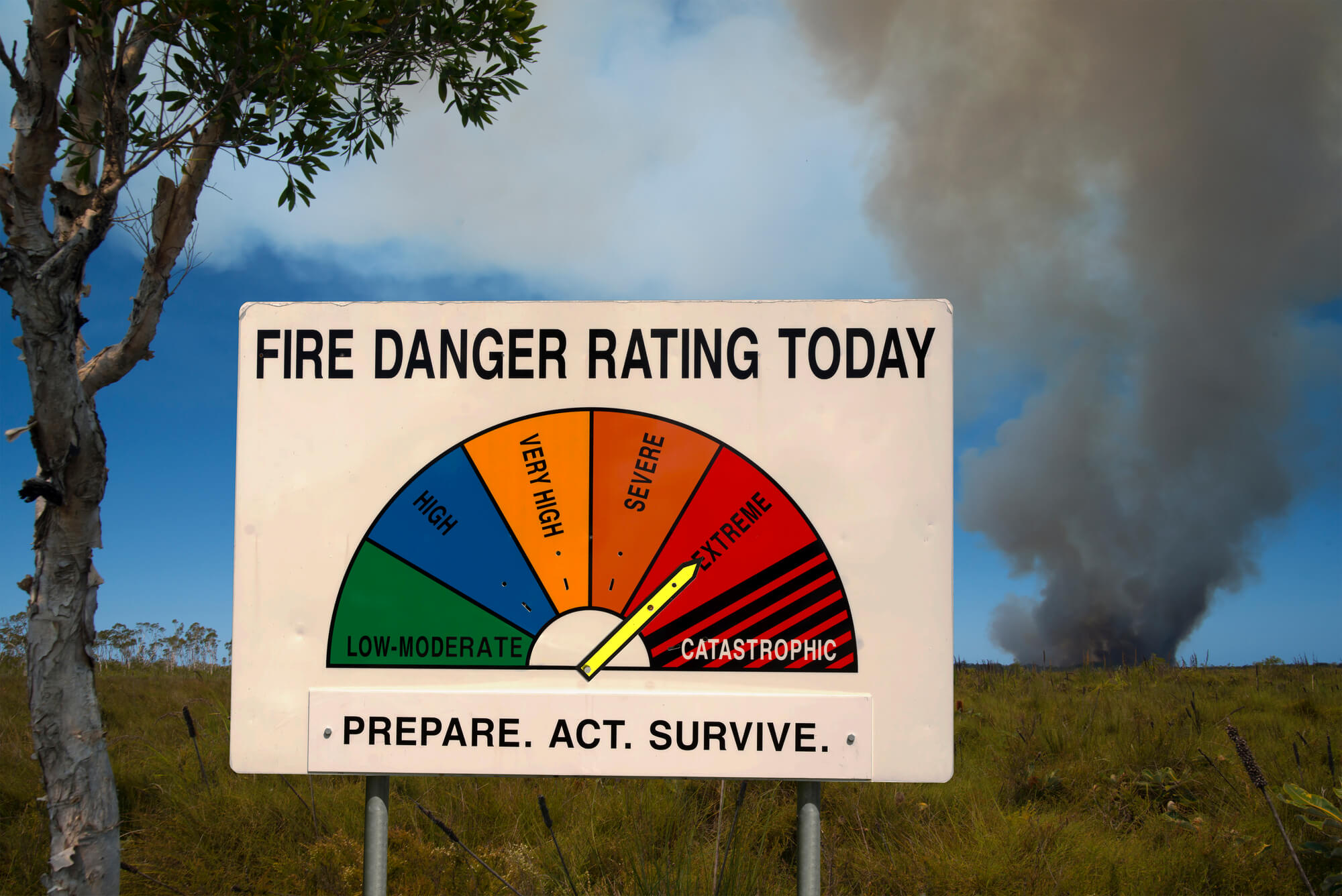Awe-Inspiring Examples Of Info About How To Protect Yourself In A Bushfire

Managing your mental health during and after a bushfire.
How to protect yourself in a bushfire. What you can do to protect yourself and others from bushfire smoke: What is bushfire smoke and how harmful is it. The nearby bayindeen bushfire is burning just 30 kilometres away from beaufort.
How to help protect your property from a bushfire. Follow these tips to protect yourself and your family from bushfire smoke and poor air quality. How to protect yourself and others from.
So you might be wondering about the best way to protect yourself from the health impacts of smoke. What else can you do to protect yourself from bushfire smoke? Consider using a p2/n95 mask to protect you from bushfire smoke if you are unable to avoid exposure.
Exposure to this type of smoke may worsen existing conditions such as. Cleaning gutters of leaves and twigs can help prevent fires being ignited by hot embers. One of the most important things to do before a bushfire is to decide what you’ll do if one should start.
Car, home and business insurance news. Protect yourself from bushfire smoke. Common air pollutants and their health effects;
Your plan will help protect the lives of your family and assist you in preparing your home. Act, nsw, vic, sa, qld, wa, nt, tas). Create a clean air space in your home, close doors and windows (fill gaps with towels/tape), use air conditioning (not evaporative coolers) on.
Protect yourself from bushfire smoke; How to protect your home and yourself from a bushfire. Getting medicines and accessing health services.
The devastating impact of these fires, characterised by their rapid spread. Protect yourself from air pollution; Remove some garden beds next to the house.
If you live in an area potentially affected by bushfire smoke, the first thing to do is to get an early alert about fires and smoke using one or more. So you might be wondering about the best way to protect yourself from the health impacts of smoke. Guidelines suggest wearing respirators , avoiding outdoor air and avoiding.
Tiny particles of ash can lodge deep in the lungs. This is very important for grasses under or around trees, shrubs, buildings, and other combustible. It usually moves before a fire front and can be felt up to 100m away from the fire.

